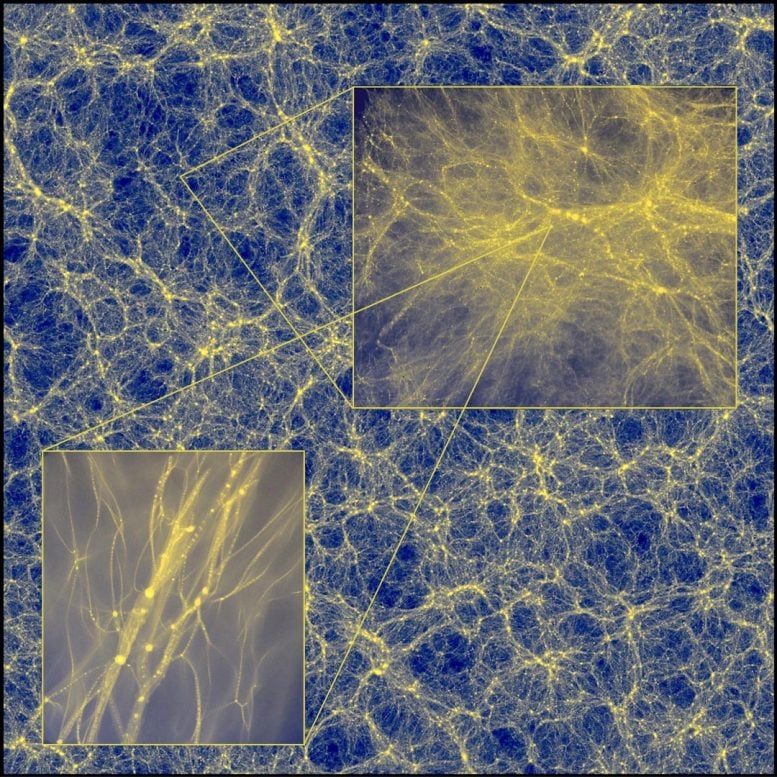
This image shows a slice through the main simulation which is more than two billion light-years on a side. The two insets are successive zooms into regions which are 700 thousand and then just 600 light-years on a side. The largest individual lumps in the main image correspond to clusters of galaxies, while the smallest lumps in the second zoom are similar in mass to the Earth. Credit: Dr. Sownak Bose, Center for Astrophysics, Harvard University
Most of the matter in the Universe is dark and thus not directly observable. In results just published in the journal Nature, an international research team harnessed supercomputers in China and Europe to zoom into a typical region of a virtual universe by a totally unprecedented factor, equivalent to that needed to recognize a flea on the surface of the full Moon. This allowed the team to make detailed pictures of hundreds of virtual dark matter halos from the very largest to the very smallest expected in our Universe.
Dark matter plays an important role in cosmic evolution. Galaxies grew as gas cooled and condensed at the center of enormous clumps of dark matter, so-called dark matter halos. The halos themselves separated from the overall expansion of the universe as a result of the gravitational pull of their own dark matter. Astronomers can infer the structure of big dark matter halos from the properties of the galaxies and gas within them, but they have no information about halos that might be too small to contain a galaxy.
The biggest dark matter halos in today’s universe contain huge galaxy clusters, collections of hundreds of bright galaxies. Their properties are well studied, and they weigh over a quadrillion (1015) times as much as our Sun. On the other hand, the masses of the smallest dark matter halos are unknown. The theory of dark matter that underlies the new supercomputer zoom suggests that they may be similar in mass to the Earth. Such small halos would be extremely numerous, containing a substantial fraction of all the dark matter in the universe, but they would remain dark throughout cosmic history because stars and galaxies grow only in halos at least a million times more massive than the Sun.
The research team, based in China, Germany, the UK, and the USA took five years to develop, test, and carry out their cosmic zoom. It enabled them to study the structure of dark matter halos of all masses between that of the Earth and that of a big galaxy cluster. In numbers: The zoom covers a mass range of 10 to the power 30 (that is a 1 followed by 30 zeroes), which is equivalent to the number of kilograms in the Sun.
Relevance for the detection of radiation from small halos
Surprisingly, the astrophysicists found all halos to have very similar internal structures: They are very dense at the center, becoming increasingly diffuse outwards, with smaller clumps orbiting in their outer regions. Without a scale-bar, it is almost impossible to tell an image of the dark matter halo of a massive galaxy from one of a halo with less than a solar mass. “We were really surprised by our results,” says Simon White from the Max-Planck-Institut for Astrophysics. “Everyone had guessed that the smallest clumps of dark matter would look quite different from the big ones we are more familiar with. But when we were finally able to calculate their properties, they looked just the same.”
The result has a potential practical application. Particles of dark matter can collide near the centers of halos, and may — according to some theories — annihilate in a burst of energetic (gamma) radiation. The new zoom simulation allows the scientists to calculate the expected amount of radiation for halos of differing mass. Much of this radiation could come from dark matter halos too small to contain stars. Future gamma-ray observatories might be able to detect this emission, making the small objects individually or collectively “visible.” This would confirm the hypothesized nature of the dark matter, which may not be entirely dark after all!
More on this research:
Reference: “Universal structure of dark matter haloes over a mass range of 20 orders of magnitude” by J. Wang, S. Bose, C. S. Frenk, L. Gao, A. Jenkins, V. Springel and S. D. M. White, 2 September 2020, Nature.
DOI: 10.1038/s41586-020-2642-9

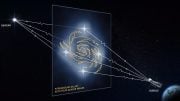
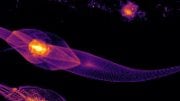
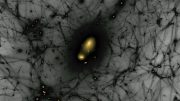

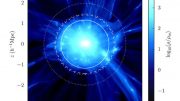
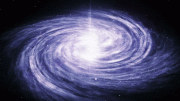
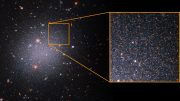
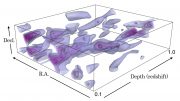
… a another perpetual advancement in never ending puzzle of dark matter…
an another
Seems to be the case
You can simple to using android platform this tool,now play this card game free online spades you can simple play and clear the all level then won the more offers.
Here the fully guide help you win this game,such a awesome and simple mode game unscramble words thanks for the developed this online based game.
Can we talk about the expanding universe a little bit? And a little bit about red shifting? Don’t objects red shift at distance aswell as light. And if the universe was expanding why isn’t the light expanding aswell? And if the universe is expanding at such a rate it must have an edge. As space without an edge wouldn’t expand it would simply be there. I think the scientists are missing something here. An expanding universe would imply a start and that’s where the big bang theory comes into play. But I think that theory is wrong it has to be wrong or we wouldn’t exist. I like the theory until they started adding as they went to explain what they couldn’t explain. Ex: it’s still expanding but not here that can’t be correct. So what their saying is the edge is still expanding? But that would imply the universe is being fed. Or it’s expanding out of nothing. Or dark energy is doing it but that can’t be the case. What could dark energy be could it be the results from blacksphere’s feeding supernovae exploding stars burning. Like a candle burning the heat from the flame could fill a balloon or should I say the energy from the flame could fill the balloon with energy and make it rise. More to say no time we will talk later and try and get to the bottom of this conundrum